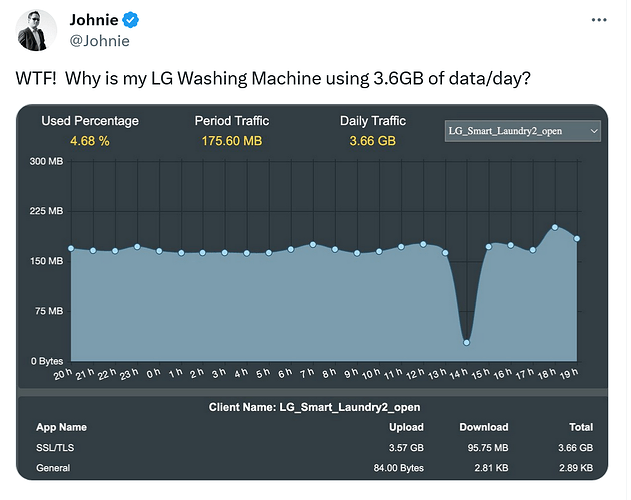What do you suggest?
I was considering ditching ntp for systemd-timesyncd in the near future.
We use an HTTPS call to get a lock on time from a remote server where: 1) NTP is blocked (it is surprisingly not uncommon); 2) the drift is so far out that NTP has problems (could be resolved now).
Honestly, why even bother with NTP/NTS if you have HTTPS based time sync based on the date field? It would be much less attack surface to do that and it will work everywhere pretty much.
ntpd-rs would be nice as it implements NTS support, so you can have proper encrypted+authenticated NTP. For fallback, I would personally implement HTTPS based time sync using the date field in the response headers. It would be nice to move the script in /usr/bin/http-time to using HTTPS instead of HTTP. Users can always set the time manually as a one time action in the event they setup the device on a network where NTP/NTS is blocked, or if that were to happen in future, and the fallback doesn’t kick in.
You could but this is very high effort and I am sure there would be better ways to get to you if someone wanted to.
Yeah of course - it’s basically near zero chance anyone is actually going to do that in the real world unless you are being targeted by a highly capable SIGINT adversary.
The Vero V is moving to 5.15 (kernel) and Debian Trixie (which is now in hard freeze).
Awesome 
Updates are served over HTTPS.
They didn’t used to be, but that wasn’t a major issue because the Debian packages are signed. There are arguments that one could see over HTTP the user agent, know the target platform and system etc. But if you are resolving against apt.osmc.tv there’s probably a good assumption already…
I wonder what that plaintext traffic to mirrorservice.org is from then? I’ll have to try identify what that is exactly (Maybe Kodi addons?). HTTP based updates are still problematic since the attack surface posed by apt is quite high and there have been multiple issues in the past where adversaries on the wire were able to exploit systems due to this. See CVE-2016-1252 and CVE-2019-3462 as an example.
More than aware of that and it won’t be a problem at all.
We have always given a minimum guarantee of updates, but never a specific EOL as we always exceed. For example we promised 5 years on the launch of Vero 4K (2017) but supported it until 2025.
Awesome  Glad to hear, the last thing I would want is to see OSMC harmed by it.
Glad to hear, the last thing I would want is to see OSMC harmed by it.
We do backport any needed security fixes aggressively and the 4.9 kernel version you see isn’t 4.9 per se, just as the same way the RHEL kernel version that you see is definitely not the version you think it is (ABI and kernel structures may be intact, but it is a very different animal).
It’s still quite problematic since much of the security issues in the kernel don’t get a CVE or aren’t even reported as a CVE etc. RHEL has the same issues as do many distribution kernels. Google setup Android GKI with gregkh to pretty much deal with this by having a stable ABI and pulling in security fixes missed by kernel.org and a lot of vendor specific code into 1 generic Linux tree. It would be nice to see something like that upstream but I doubt that’s ever going to happen… Glad to hear things will move to 5.15.
8822CS is up to date from Realtek and looks good. There isn’t really any BSP infrastructure from AML to update. OpTEE looks good and as DRM is mainly AML’s bread and butter, it is well looked after.
I come from a Qualcomm BSP land where there are updates nearly every month for much of the entire board’s firmware/drivers/userspace/etc, so that’s pretty peculiar to me. AMLogic don’t have as nice a TEE IMHO compared to QSEE in terms of defence in depth etc, but it’s not like it’s used for anything other than DRM currently in the Vero V (AFAIK - please correct if I’m wrong there), so it’s not really a big deal and the only real thing to care about on that front IMHO would be ensuring any kernel drivers for it are kept happy to mitigate any EoP issues etc. That said, it would be nice to take advantage of the flash controller’s capability to encrypt the eMMC flash. It would provide a proper secure factory reset experience much like on Android or iOS devices.
Thanks for the reply!
